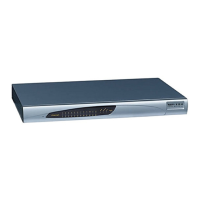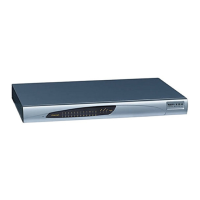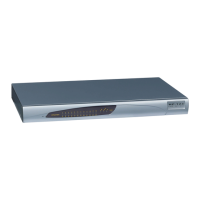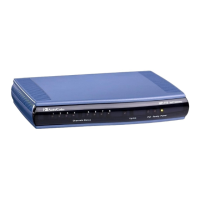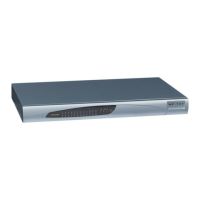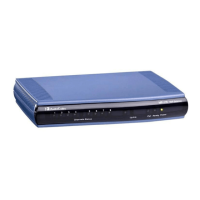SIP User's Manual 140 Document #: LTRT-65412
MP-11x & MP-124
3.3.4.8.6 Configuring Reasons for Alternative Routing
The 'Reasons for Alternative Routing' page allows you to define up to four different call
release (termination) reasons for IP-to-Tel call releases and for Tel-to-IP call releases. If a
call is released as a result of one of these reasons, the device tries to find an alternative
route for that call.
The release reason for IP-to-Tel calls is provided in Q.931 notation. As a result of a release
reason, an alternative Hunt Group is provided. For defining an alternative Hunt Group, refer
to ''Configuring the IP to Trunk Group Routing'' on page 135.
The rel
ease reason for Tel-to-IP calls is provided in SIP 4xx, 5xx, and 6xx response codes.
As a result of a release reason, an alternative IP address is provided. For defining an
alternative IP address, refer to ''Configuring the Tel to IP Routing Table'' on page 131.
Call rel
ease reasons can e configured, for example, for the following scenarios:
IP-to-Tel calls: when the destination is busy and release reason #17 is issued or for
other call releases that issue the default release reason (#3) (refer to the parameter
DefaultReleaseCause).
Tel-to-IP calls: when there is no response to an INVITE message (after INVITE re-
transmissions), the device issues an internal 408 'No Response' implicit release
reason.
The device also plays a tone to the endpoint whenever an alternative route is used. This
tone is played for a user-defined time (using the ini file parameter AltRoutingToneDuration -
refer to “Configuring General Routing Parameters” on page 130).
Notes:
• The reasons for alternative routing for Tel-to-IP calls only apply when a
Proxy is not used.
• For Tel-to-IP calls, the device sends the call to an alternative route only
after the call has failed and the device has subsequently attempted twice
to establish the call unsuccessfully.
• You can also configure alternative routing using the ini file table
parameters AltRouteCauseTel2IP and AltRouteCauseIP2Tel (refer to
''Number Manipulation and Routing Parameters'' on page 328).
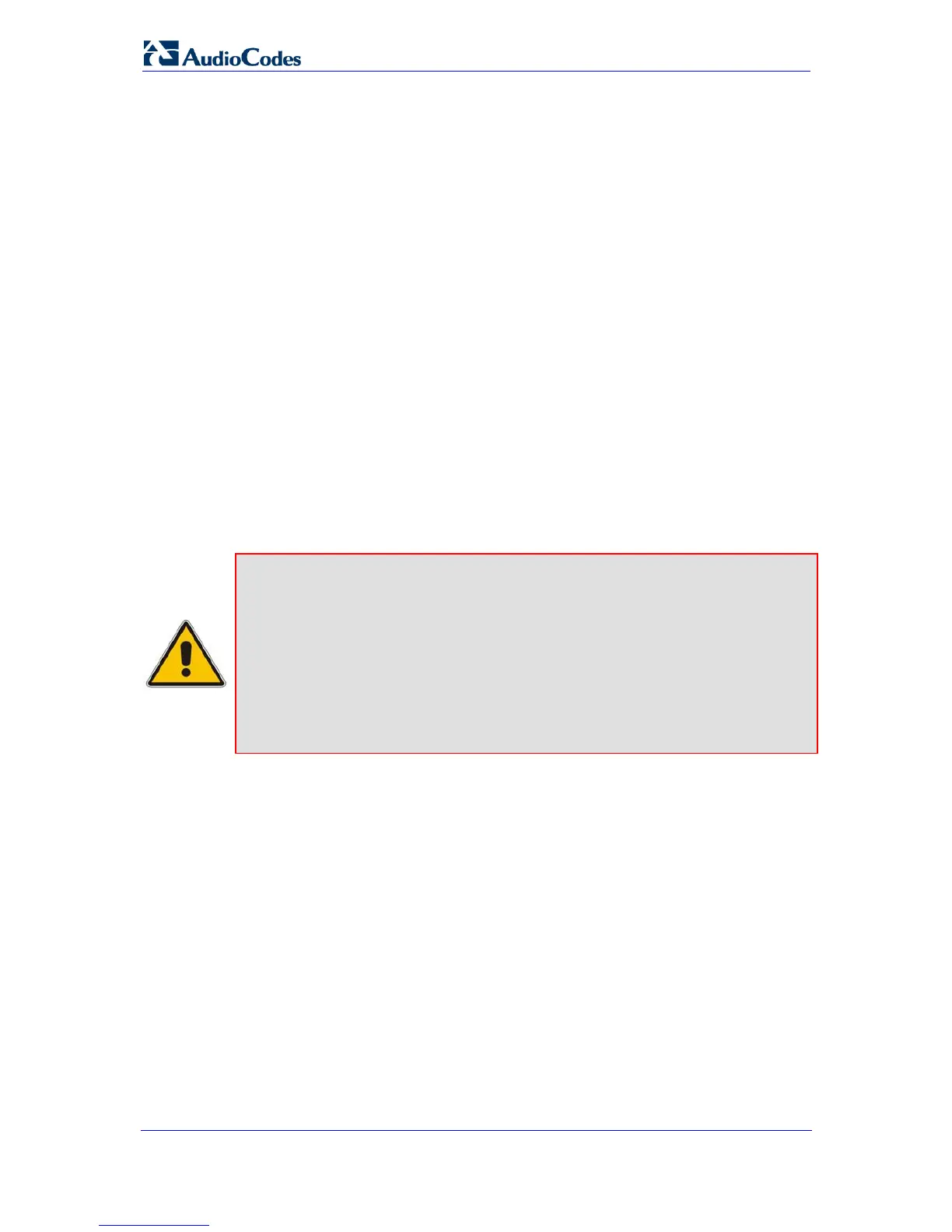